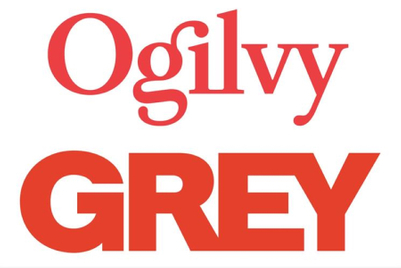
1. What in the world is e-Sports?
E-Sports covers all officially sponsored online gaming leagues in Korea, overseen by the Korea e-Sports Federation. The federation was founded in 1997 as the Korea Pro Game Association, changing its moniker to the now nationally ubiquitous term of ‘e-Sports’.
The biggest competitions revolve around gaming platform Starcraft. There are over 1,300 professional gamers and nine major game leagues for 23 gaming platforms. The popularity of e-Sports is so great that Blizzard CEO Mike Morhaime personally showed up in Korea last week to promote Starcraft II.
2. Computer games as sports? How serious is this?
The top professional gamers make over US$200,000 in salary plus endorsements they obtain on the side, which makes this career quite appealing. For example, legendary gamer Im Yo-Han (nicknamed The Terran Emperor) has appeared in TV advertising campaigns for six brands, a movie, a TV drama, five variety programmes, two music award shows and three radio programmes.
In addition, there are two outdoor stadiums dedicated to e-Sports and two 24-hour cable channels (On Game Net and MBC Game) solely covering e-Sports and its ancillary programming in Korea. The programmes range from pure e-Sports coverage to comedy-variety programmes loosely based around the gaming world. Just like any other major sports league, e-Sport also has its fair share of cheating scandals and other controversies.
3. Where is the marketing connection?
Every team in the three major leagues have a brand sponsor, and the leagues themselves also has key sponsors. Coca-Cola, SK Telecom, Korea Telecom, Gillette, Pringles, Naver, Olympus, Panasonic and Korean Air are just some of the big name sponsors involved. Sponsorship opportunities include TV, outdoor, print, online, PR and product placement that involves either the team or sometimes the league, depending on the nature of the sponsorship.
4. Who is the consumer and are they really worth it?
e-Sports has a huge following from both genders under 30, making it a very appealing marketing channel for brands targeting young people. The girls tend to follow the handsome male stars while the boys follow the intricacies of the game strategies.
5. The future of e-Sports in mobile
The natural evolution of e-Sports is that the following can keep up with their favourite teams, stars and matches on mobile platforms as well. With the advent of smartphones and tablets, a graphics-heavy game like Starcraft can now be played anywhere, offering a powerful new channel for marketing.
The next phase might be a mouseless league where players use their hands to make strategic moves on tablet screens at e-stadiums.


.jpg&h=334&w=500&q=100&v=20250320&c=1)


.png&h=334&w=500&q=100&v=20250320&c=1)




.png&h=334&w=500&q=100&v=20250320&c=1)




.jpg&h=268&w=401&q=100&v=20250320&c=1)
.png&h=268&w=401&q=100&v=20250320&c=1)


